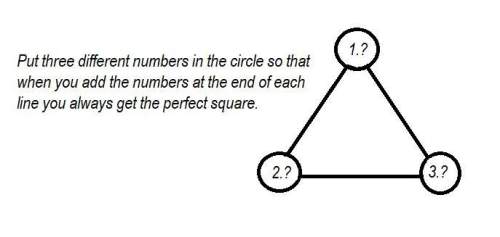
Mathematics, 06.12.2021 21:10 raquelqueengucci25
1. In a discussion of SAT Mathematics (SATM) scores, someone comments: "Because only a select minority of
California high school students take the test, the scores overestimate the ability of typical high school seniors. I
think that if all seniors took the test, the mean score would be no more than 460." You do not agree with this
claim and decide to use the SRS of 600 seniors to assess the degree of evidence against it. Those 600 seniors had a
mean SATM score of x = 480. Is this strong enough evidence to
conclude that this person's claim is wrong?
Assume that standard deviation= 200. Complete an 8-step hypothesis test.

Answers: 3


Other questions on the subject: Mathematics


Mathematics, 21.06.2019 21:10, zahradawkins2007
Identify the initial amount a and the growth factor b in the exponential function. a(x)=680*4.3^x
Answers: 2


Mathematics, 21.06.2019 23:00, jholland03
Given the expression (7 ? 4i) ? (2 + 6i), perform the indicated operation and write the answer in the form a + bi.
Answers: 1
You know the right answer?
1. In a discussion of SAT Mathematics (SATM) scores, someone comments: "Because only a select minori...
Questions in other subjects:







Chemistry, 28.11.2019 05:31


Physics, 28.11.2019 05:31




